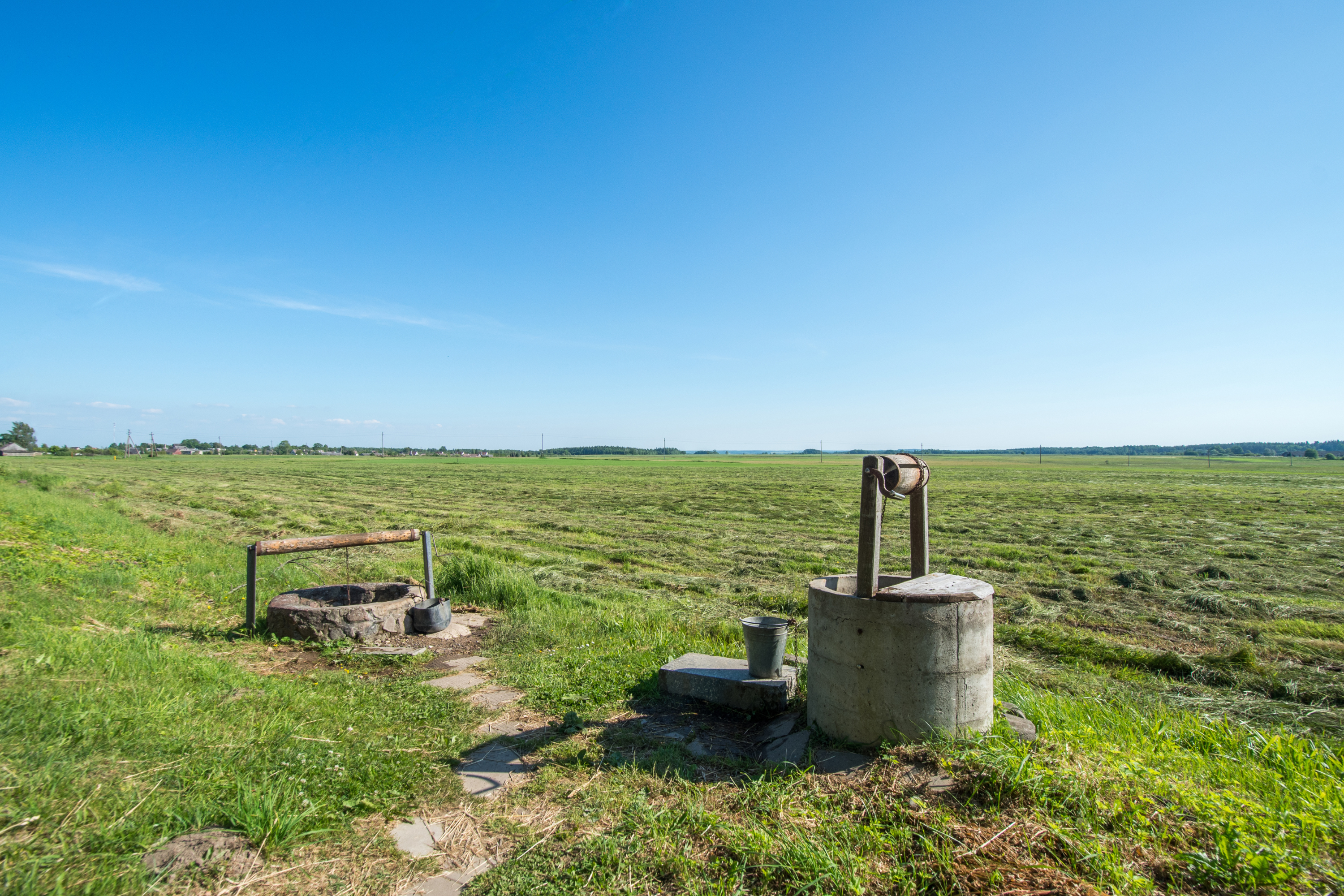
Wells for Irrigation: Tapping into Groundwater for Your Homestead
If you don’t have a stream or canal running through your land, don’t worry—your water might be waiting underground. Wells are a popular and reliable way to supply water for irrigation, especially in areas where surface water is scarce. Whether you're homesteading on a few acres or scaling up to a small farm, a well can give you control over your water supply.
How It Works
A well accesses groundwater stored in aquifers beneath the earth’s surface. These can be shallow (just a few feet down) or deep (hundreds of feet). Water is drawn up using pumps—either electric, solar, or diesel-powered—and delivered to crops through hoses, pipes, or pressurized irrigation systems.
There are three main types of wells:
-
Dug wells – shallow, hand-dug, and lined
-
Bored wells – medium-depth, created with boring machines
-
Drilled wells – deep, narrow, and made with drilling rigs
Your choice will depend on how deep the water table is in your area.
Pros
-
On-demand access: You control when and how much water you use.
-
Independence from surface sources: Especially helpful during droughts or dry seasons.
-
Can power efficient systems: Pairs well with drip or sprinkler irrigation.
Cons
-
High upfront cost: Drilling can be expensive.
-
Energy required: Pumps need fuel, power, or solar panels.
-
Risk of overuse: Drawing too much water can deplete your aquifer over time.
Best For
-
Properties without nearby surface water
-
Areas with reliable groundwater tables
-
Homesteaders who want long-term water independence
Equipment Needed & Water Rights
Equipment Needed:
-
Well (dug, bored, or drilled)
-
Pump system (electric, solar, or diesel)
-
Pressure tank (optional, but helpful for consistent flow)
-
Water filtration or testing kits (especially for deep wells)
-
Piping or irrigation system to distribute water to your crops
Water Rights:
Even groundwater is often regulated.
Here’s what to do:
-
Check state and local laws—some states require permits, especially for drilled wells used for irrigation
-
File well completion reports with your local water agency if required
-
Keep records—you may need to report usage depending on your area
Contact your local extension office or water resources board to learn what’s required in your region before investing in drilling.
Homesteader Tips
-
Get a professional water test before using well water for irrigation—it could contain salts or minerals that affect your plants.
-
Consider solar pumps if you’re off-grid or want to reduce power bills.
-
Start small by irrigating a garden or orchard and scale up once you understand your well’s capacity.
-
Use timers and valves to control water usage and avoid over-pumping.
A well can be your secret weapon for irrigation self-sufficiency—especially when nature doesn’t cooperate. With good planning and responsible use, it’s a long-term investment that can keep your homestead green and growing year-round.
Up next: Tube Wells: Going Deep for Dependable Water on Your Homestead
Share


